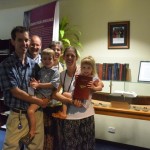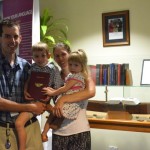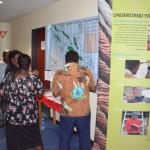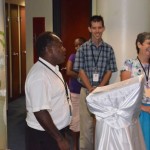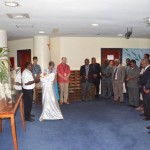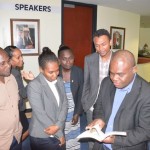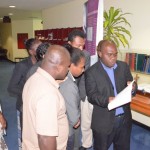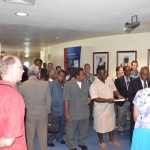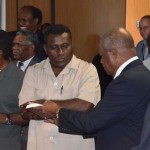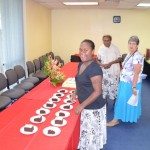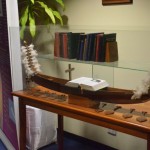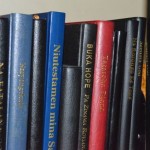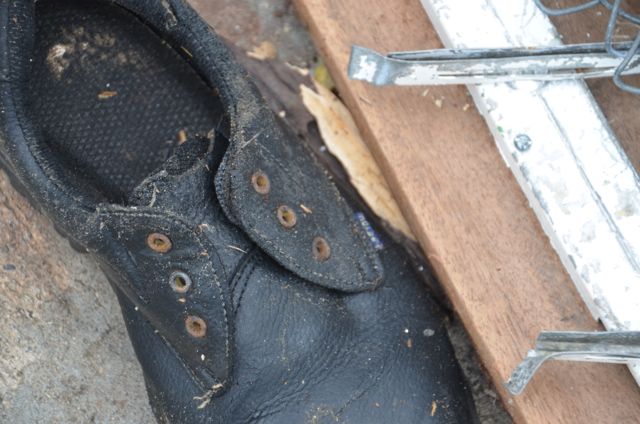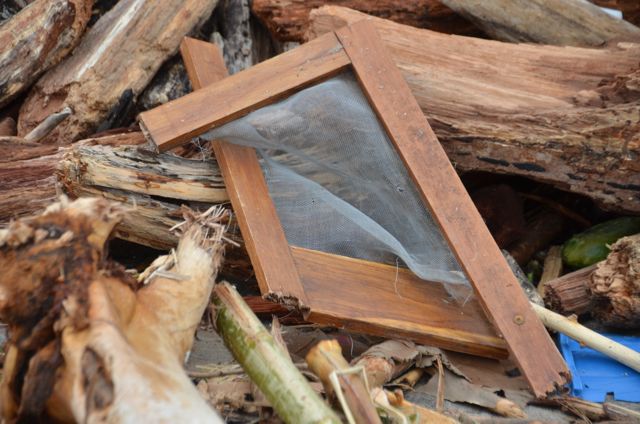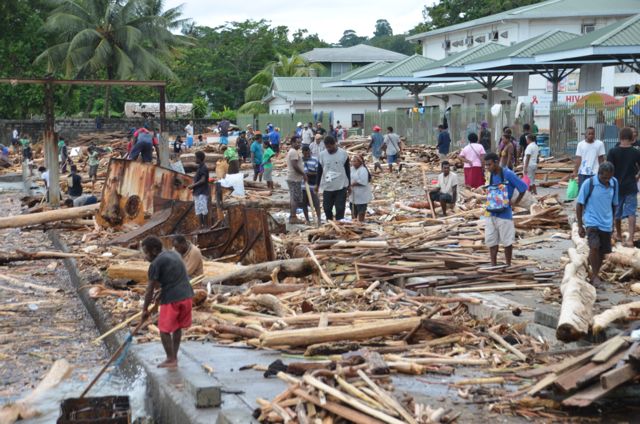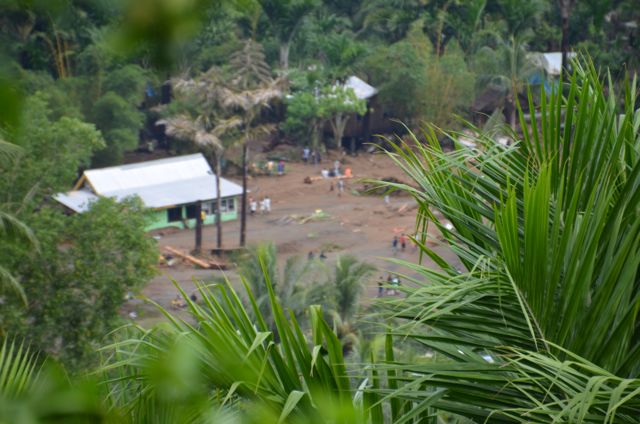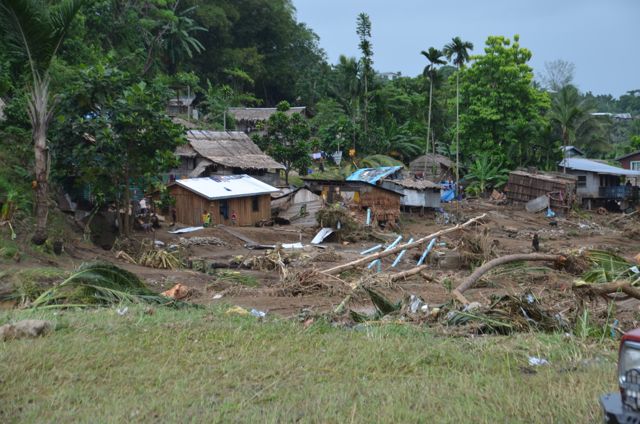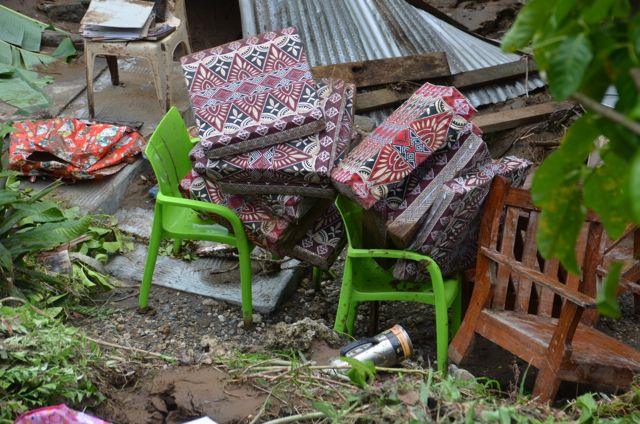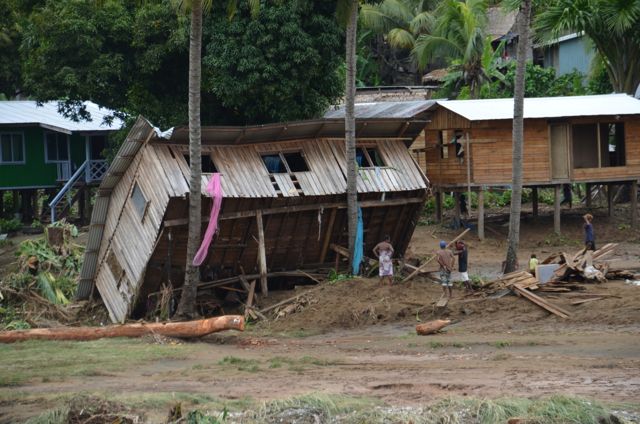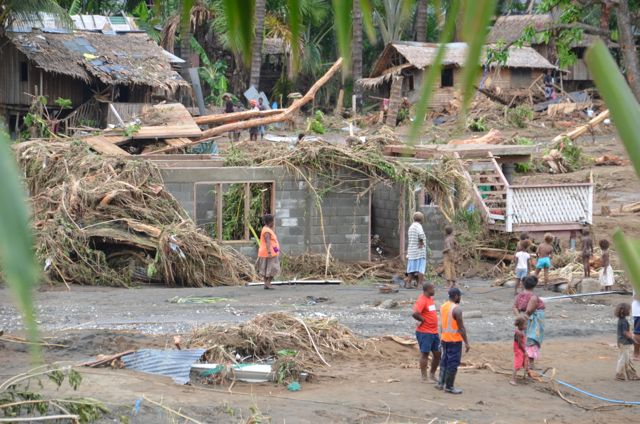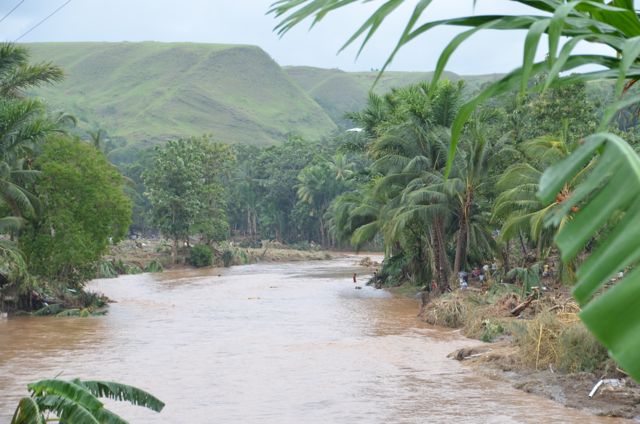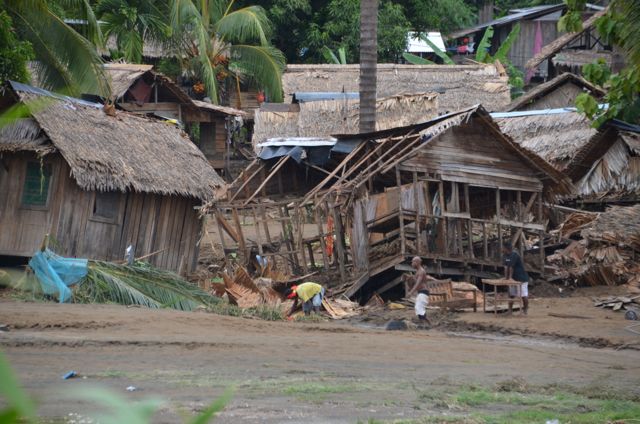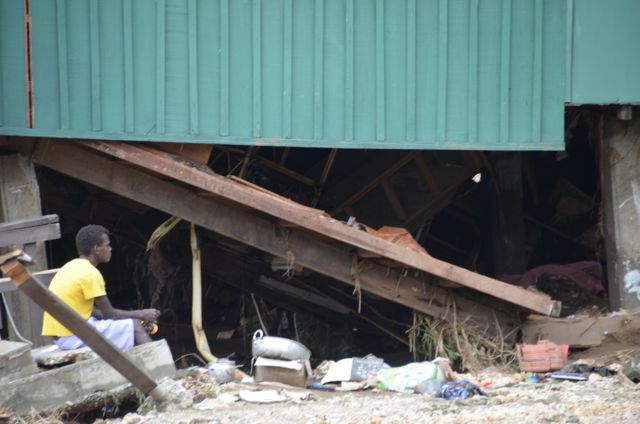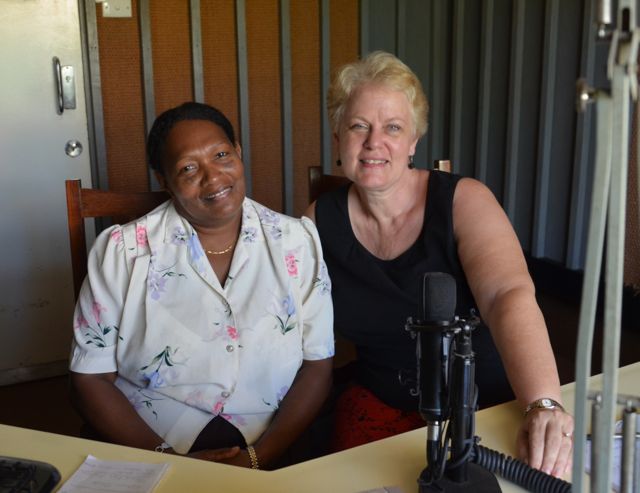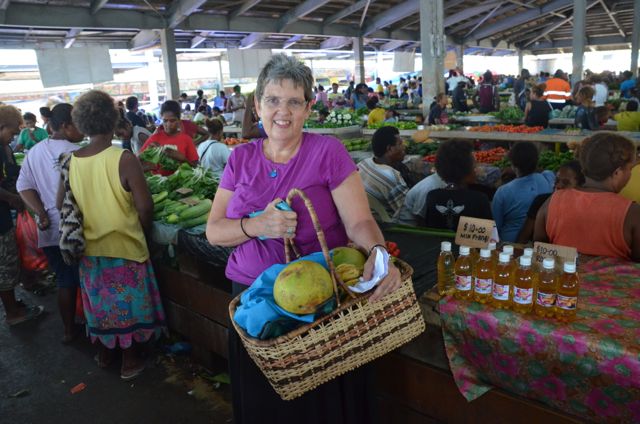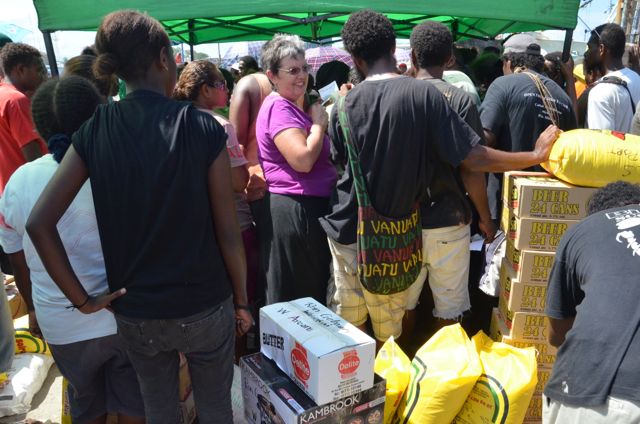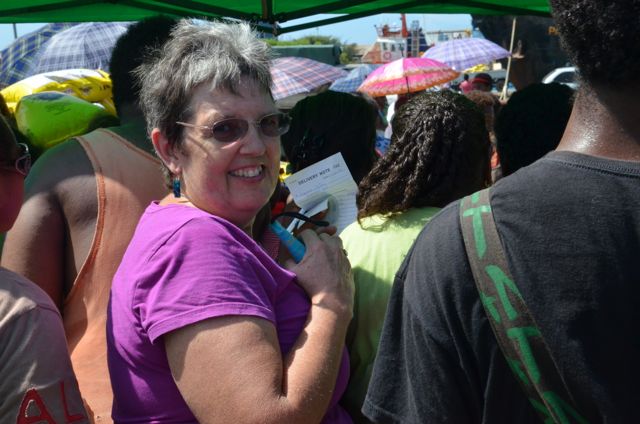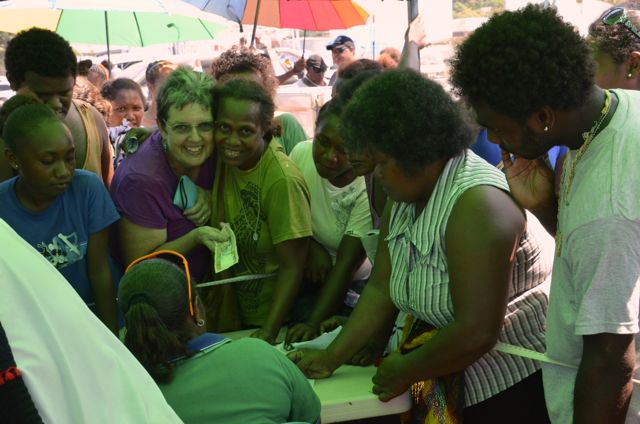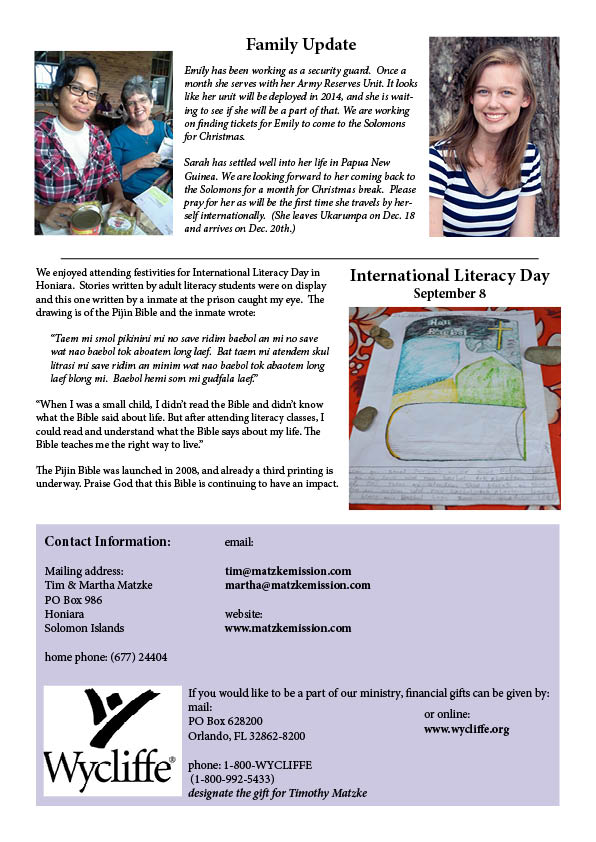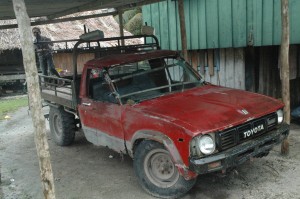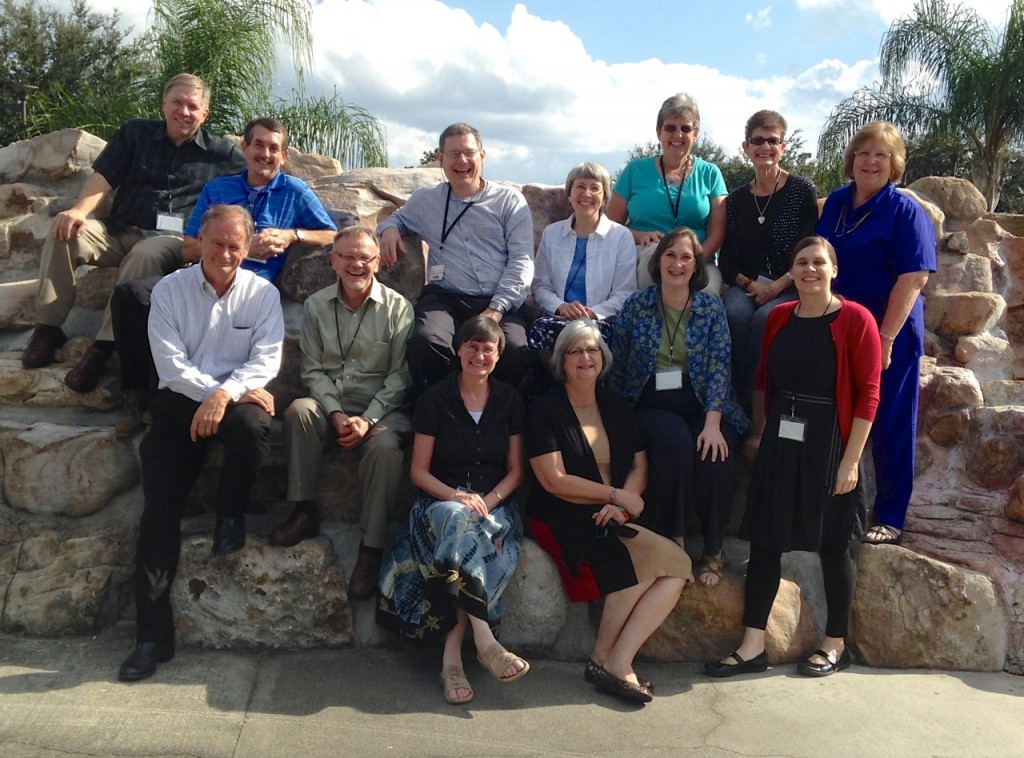Parliament and the Bible Display
In 2009, the Solomon Islands National Parliament unveiled a permanent Bible Display. It houses a ceremonial canoe that was carved to hold the Pijin Bible when it was launched and the display includes all the New Testaments or full Bibles that have been completed since 1978 – the year of the country’s independence.
Today we were blessed to be able to hold a special program at Parliament to place the newly published Kwaio New Testament which will be dedicated on Easter weekend. Parliament is ‘sitting’ at the moment, so the program was held during the lunch break.
The Speaker of Parliament joined us for the program as well as quite a number of Members of Parliament. The history of the translation project was shared and Julie Pierce, the translation advisor read some verses from Titus in the Kwaio language and then told how those verses had touched the life of a Kwaio woman when she heard the them read to her in the own language.
One of Members of Parliament placed the Kwaio New Testament in the display case along side the other Bibles. An Anglican priest who is a Kwaio speaker participated in the program and prayed that the Kwaio New Testament would touch the lives of his people. He said – the Kwiao people won’t have any excuse now not to obey God’s Word, because now they will really understand it!
We then enjoyed cake and coffee with the members of Parliament and the other staff. It was a wonderful experience and once again we marvel at the amazing support for Bible translation in this country.
- Juile’s parents were here as well
- Julie – the translation advisor and her family
- People checking out the display
- Father Henry prayed in Kwaio at the end of the program
- People were so interested to see the Bibles
- Placing the Kwaio NT in the case
- Members of Parliament waiting for the program to begin.
- Ilyn, our office assistant and Kwaio speaker came to help and witness this day!
- The Cake says, “God’s Word has arrived” in Kwaio.
- The Bible Display Case
- The Speaker (right) and Prime Minister look at the Kwaio New Testament.
- The Bibles in the display case
